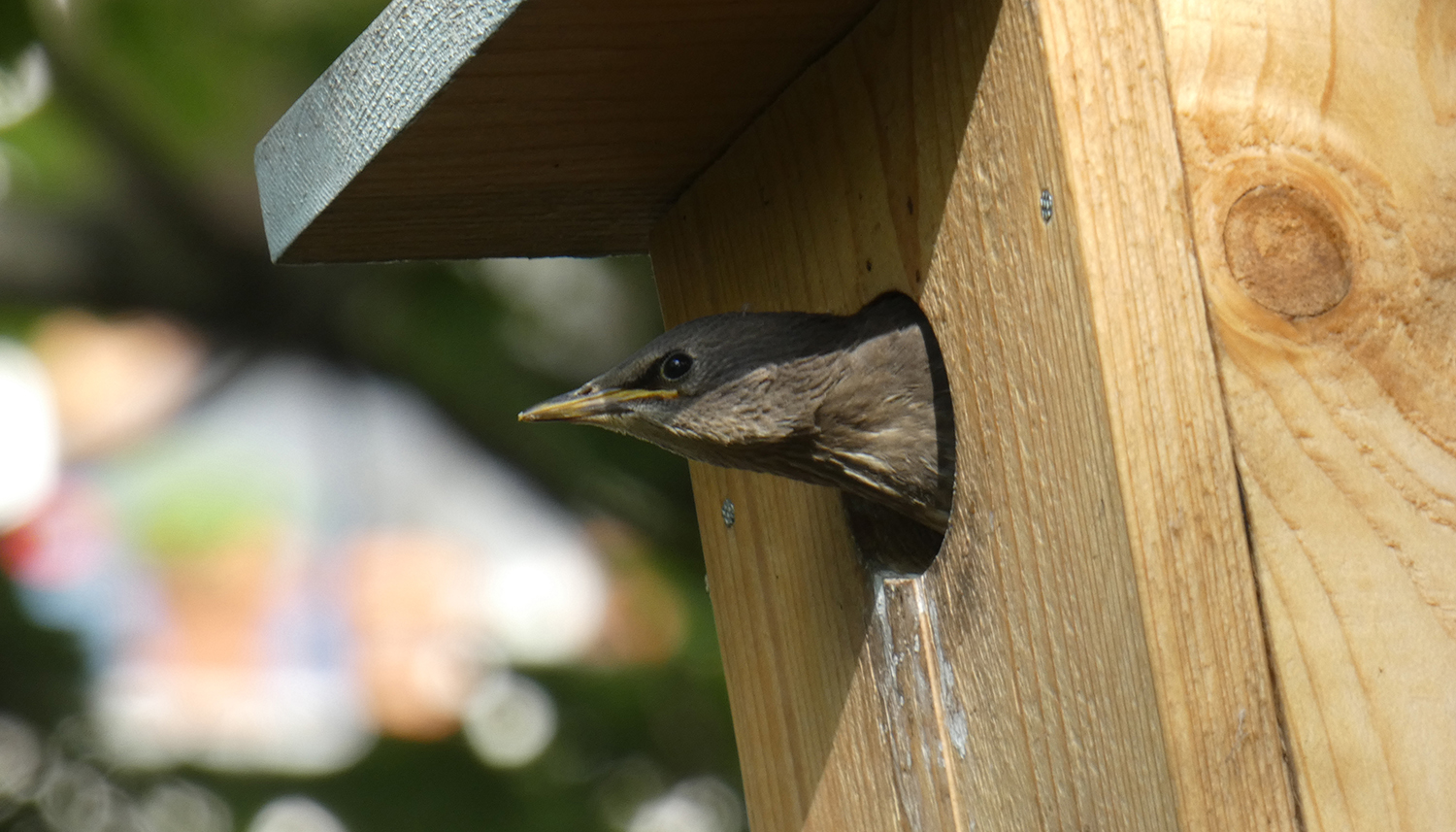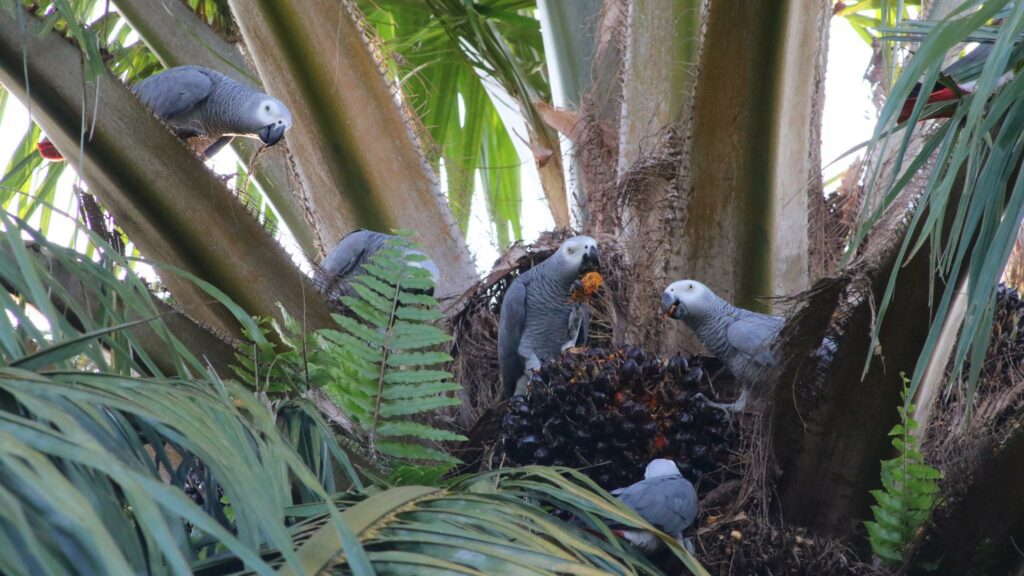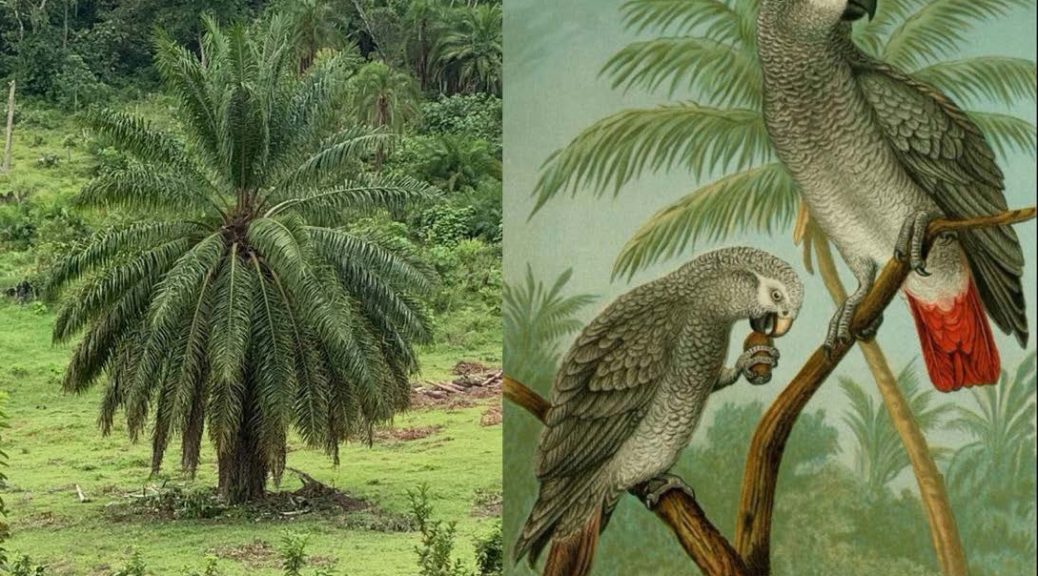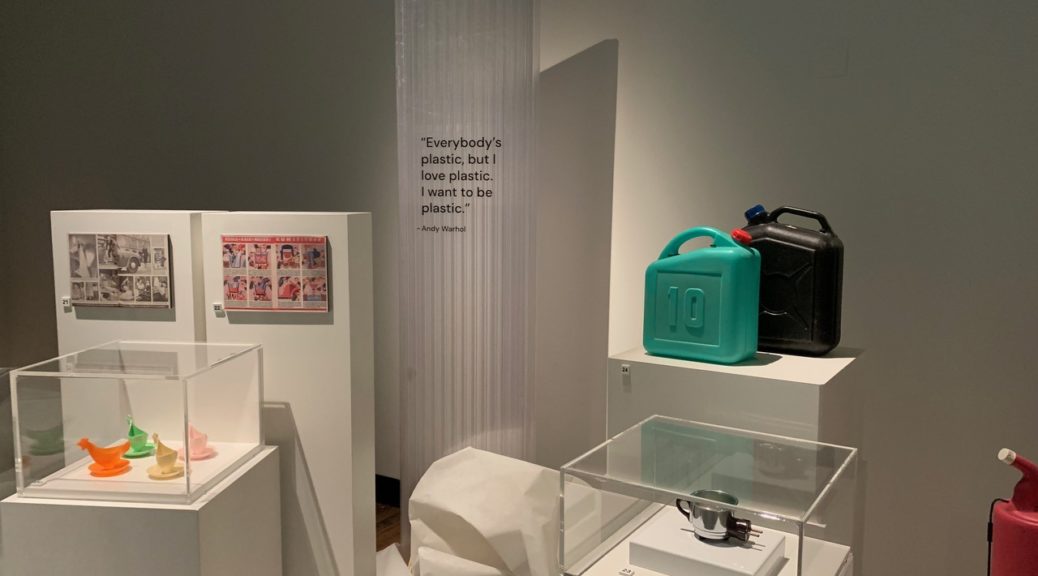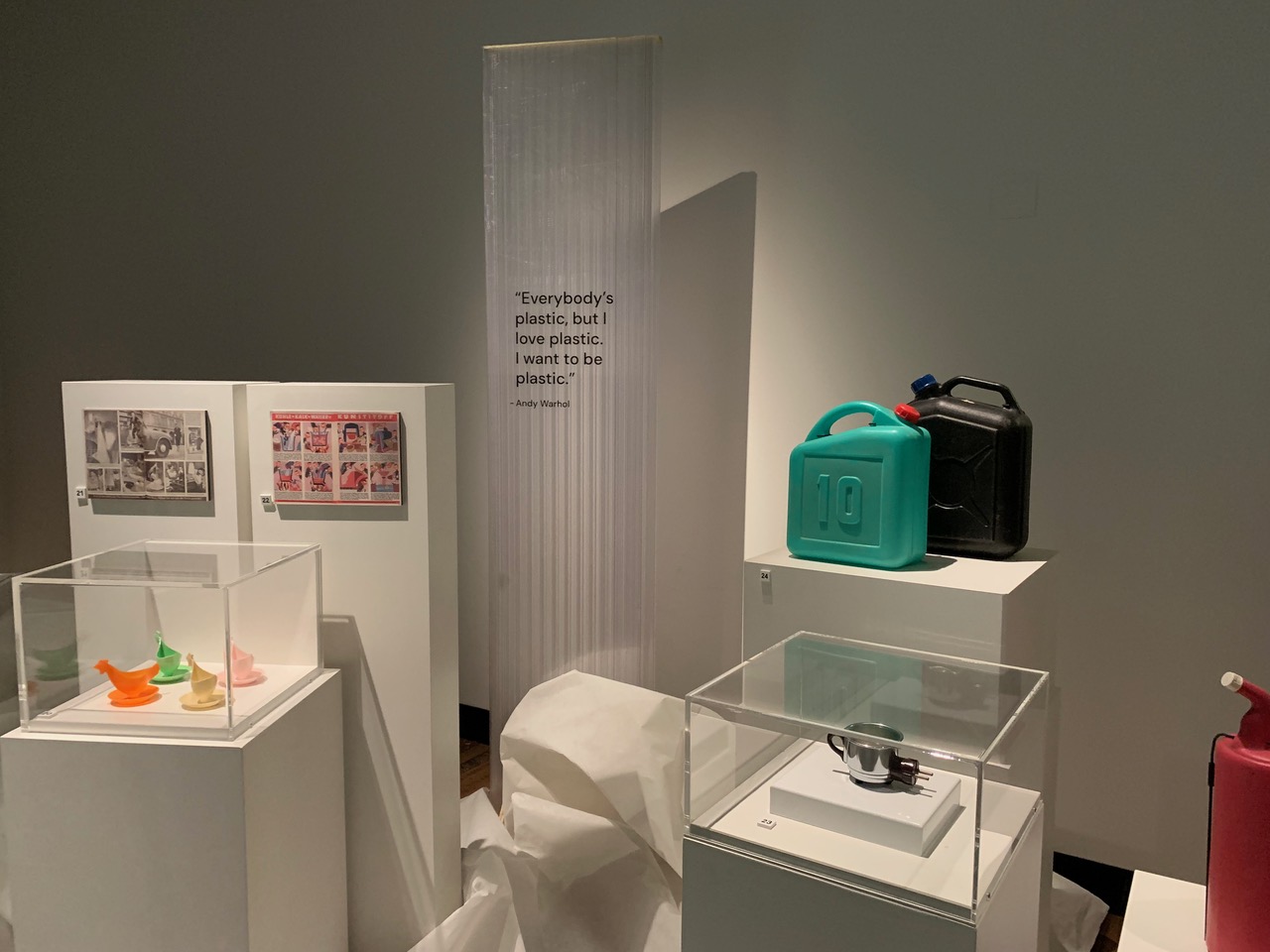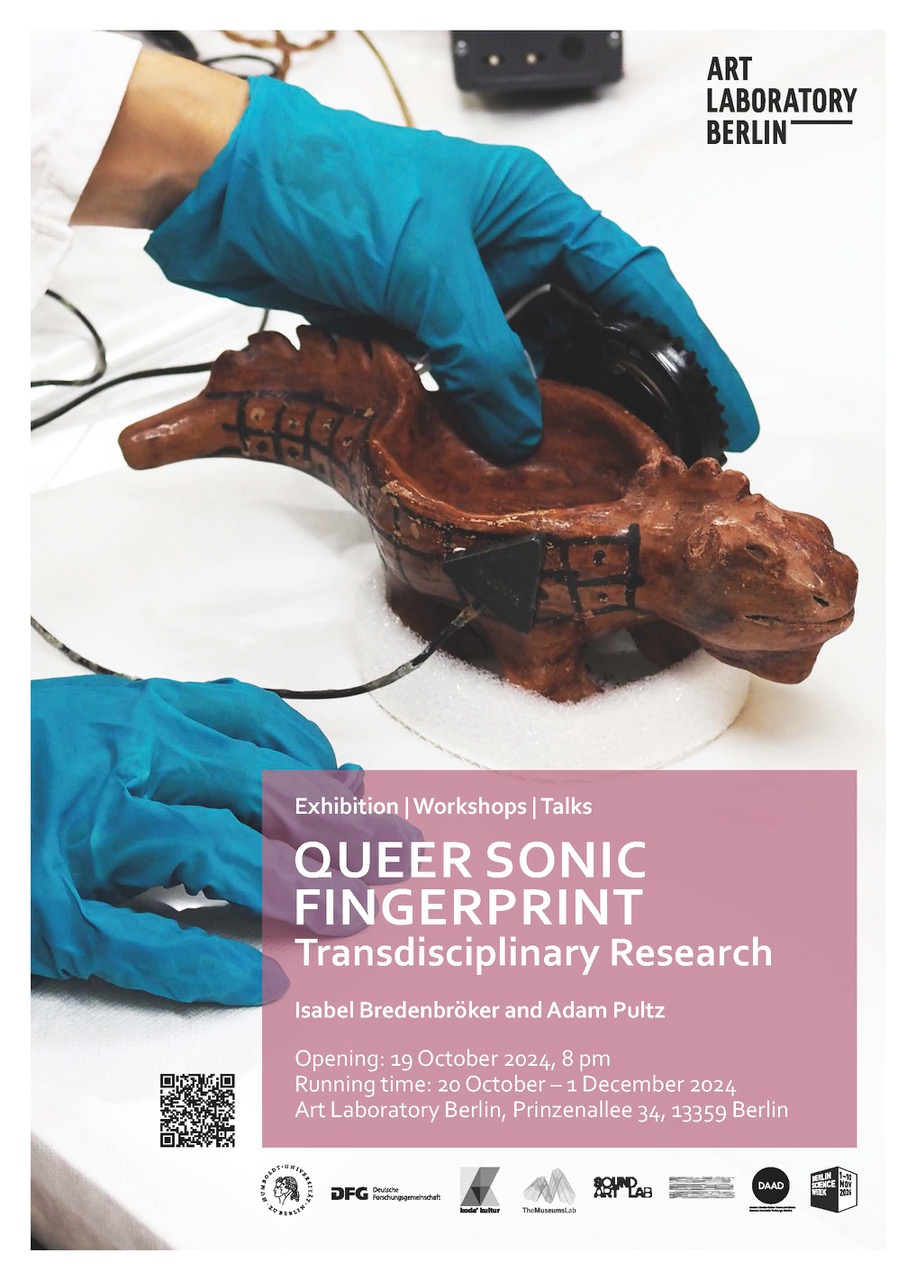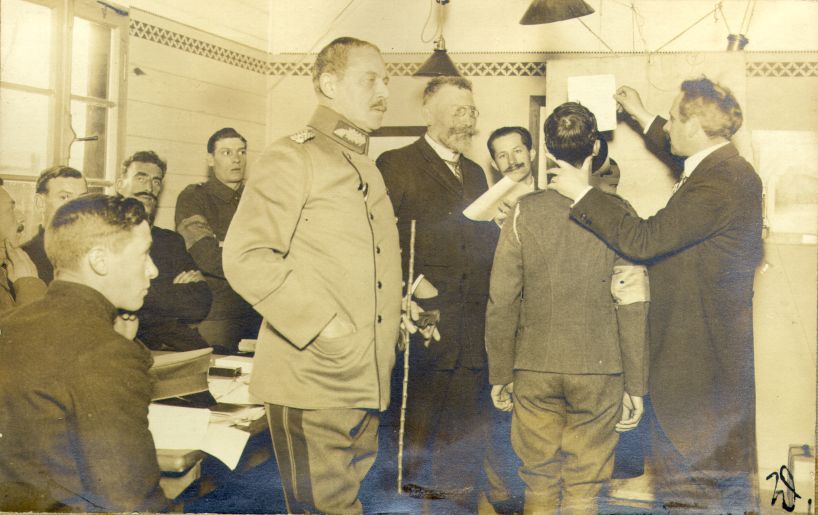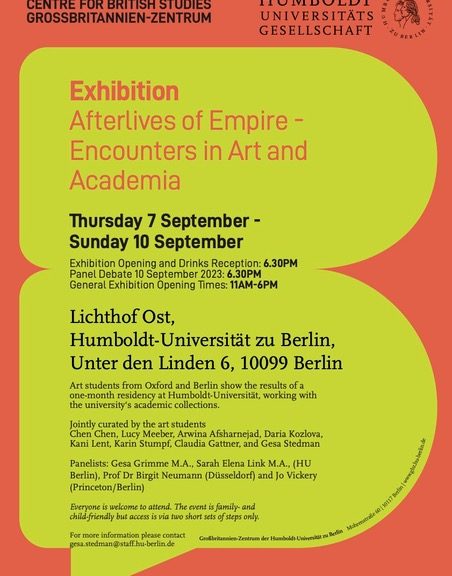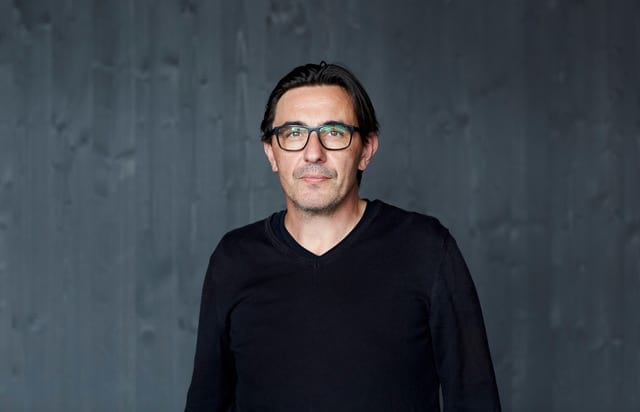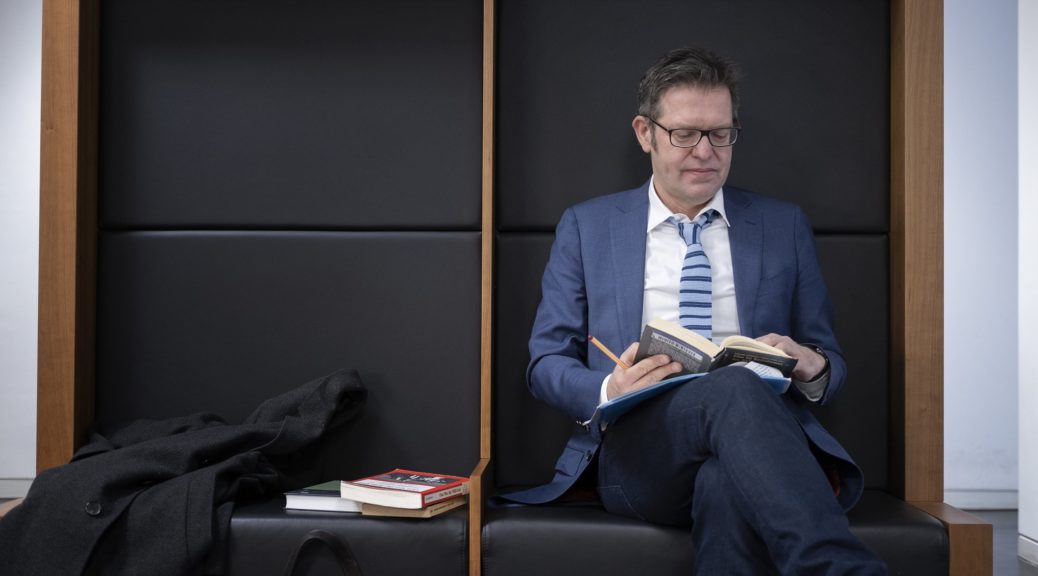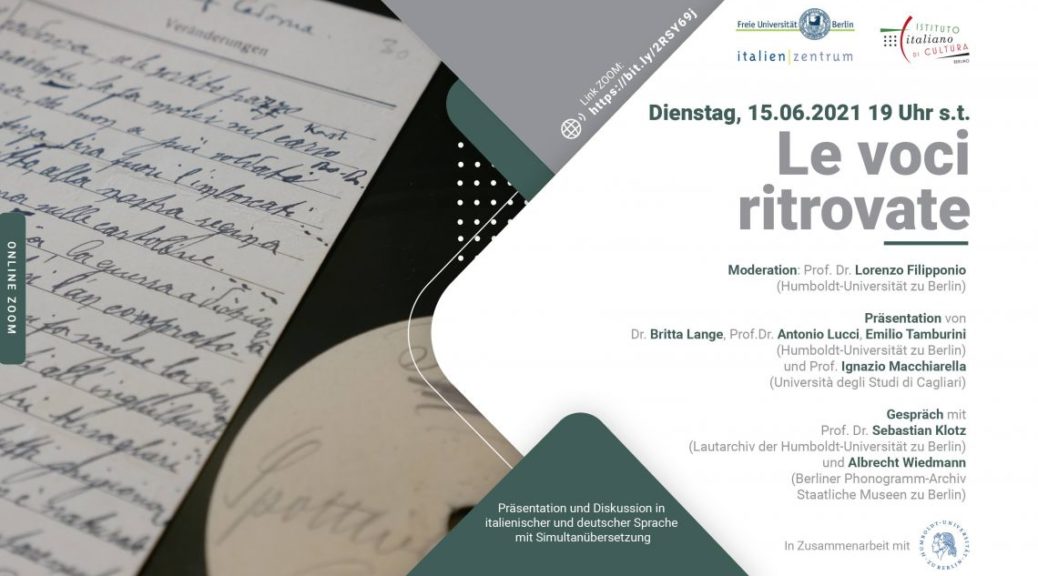The TA T – Tieranatomisches Theater invites you to an evening of dialogue and presentations on the preservation of bird habitats through activism and visual art. Featuring conservationist and activist Nick Byaba (Parrot Tree Caretakers Association, Uganda) and artist duo Maria Leena Räihälä & Manuel Bonik (Morgenvogel Real Estate, Germany/Finland), the event explores the intersections of interspecies care and the shared agency of birds and humans in urban and rural environments.
Event details
Date: March 25, 2025
Time: 6–8 pm
Location: Tieranatomisches Theater, HU Berlin, Campus Nord, Philipstr. 12/13, 10115 Berlin
Language: English
Admission: Free
With
Nick Byaba (Parrot Tree Caretakers Association), Kampala, Uganda
Maria Leena Räihälä & Manuel Bonik (Morgenvogel Real Estate), Berlin
Moderator: Felix Sattler, TA T
The event is part of the exhibition Hörner/Antlfinger: Parrot Terristories (on view at TA T until March 29) by artists Ute Hörner and Mathias Antlfinger in collaboration with Nick Byaba and CMUK.
While operating in distinct contexts—Uganda’s tropical forests and European urban landscapes—both initiatives reflect a commitment to birds as valued co-inhabitants.
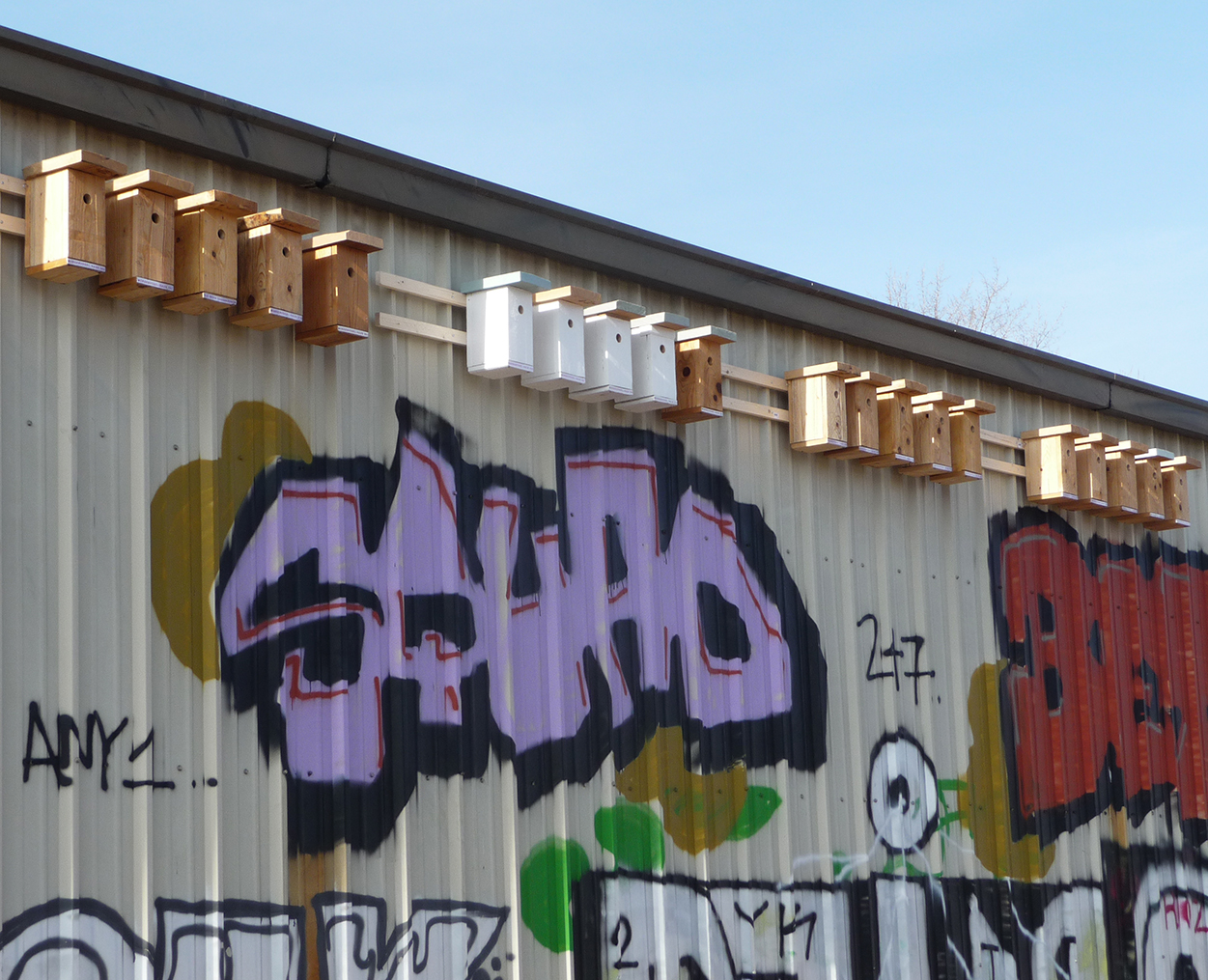
Parrot Tree Caretakers Association (PTCA)
Founded in 2020 by Nick Byaba, the PTCA is a community-based organization dedicated to conserving grey parrots and their habitats. Through tree-planting initiatives, educational outreach, and scientific monitoring, the PTCA works with local farmers and conservationists to ensure the survival of this endangered species. Key achievements include planting over 6,000 indigenous trees, monitoring parrot flyways, and integrating rehabilitated parrots back into their original habitats.
The PTCA also runs educational programs for children, fostering a new generation of conservationists who advocate for the protection of parrots and their ecosystems. Looking ahead, the PTCA aims to establish the world’s first Grey Parrot Museum in Uganda, serving as a hub for education, research, and awareness. greyparrotmuseum-uganda.org
The exhibition Hörner/Antlfinger: Parrot Terristories includes the joint work SEEDS by Hörner/Antlfinger and Nick Byaba.
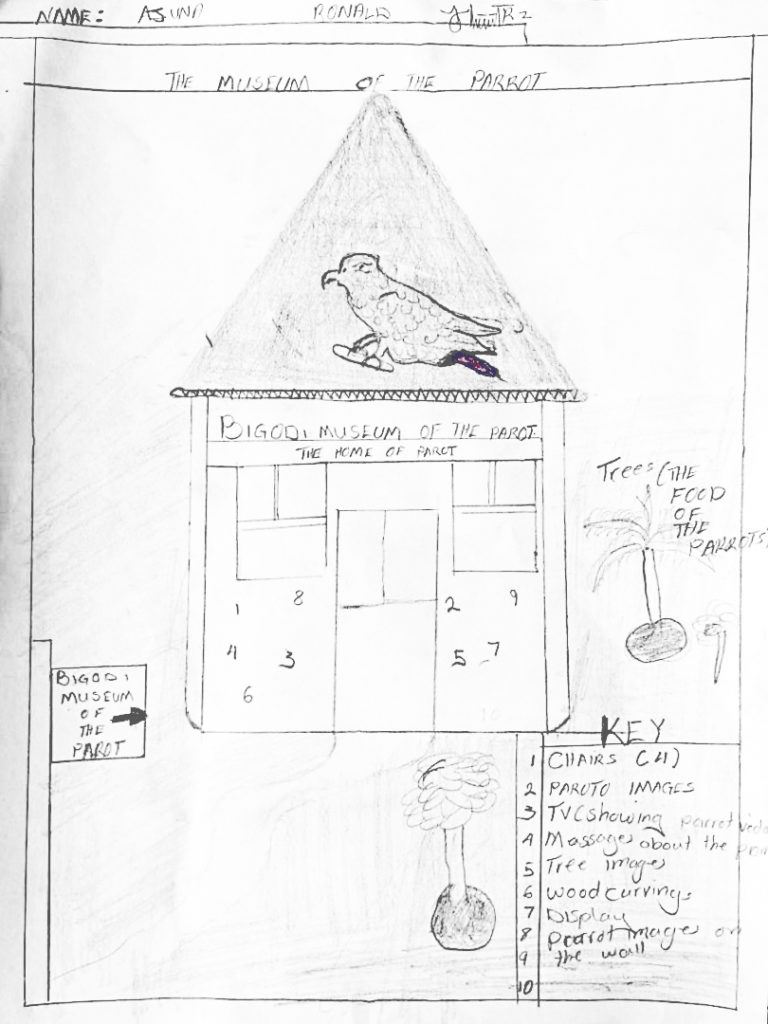
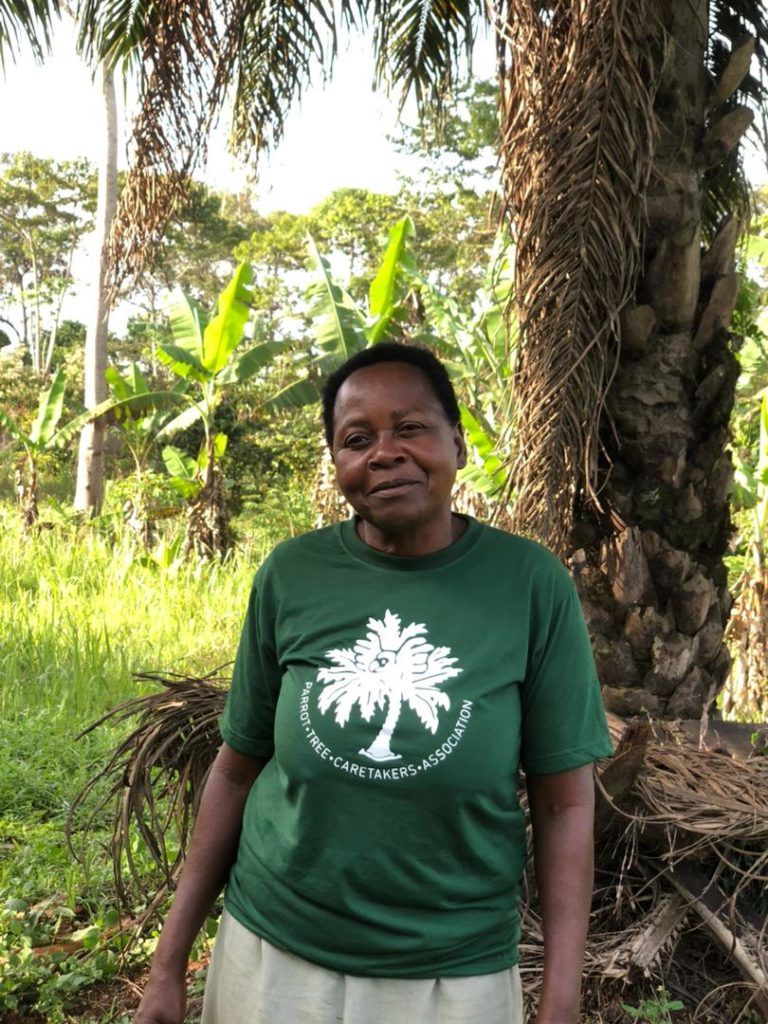
Morgenvogel Real Estate
Morgenvogel Real Estate (M0RE) is a long-term artistic initiative by Maria Leena Räihälä and Manuel Bonik, addressing the loss of nesting opportunities for urban birds in the wake of urban redevelopment. For over a decade, the Berlin-based art project Morgenvogel has engaged in ecological urban interventions by producing and distributing handcrafted birdhouses tailored for species like tits, sparrows, and pied flycatchers.
With support from conservation foundations, Morgenvogel has placed over 1,000 nesting boxes across Berlin and other European Cities, often accompanying installations with art events such as BirdChurch, Avanti Natura!, and BirdTalks.
Beyond Morgenvogel Real Estate, Maria Leena Räihälä and Manuel Bonik have been engaged in landscape restoration, most recently by their MAJAVA project (2021–2024), an initiative inspired by beavers as ecosystem engineers (Majava is the Finnish word for beaver). Through dam-building and water filtration structures, Morgenvogel seeks to counteract environmental degradation in Finnish wetland and forest areas. morgenvogel.net
